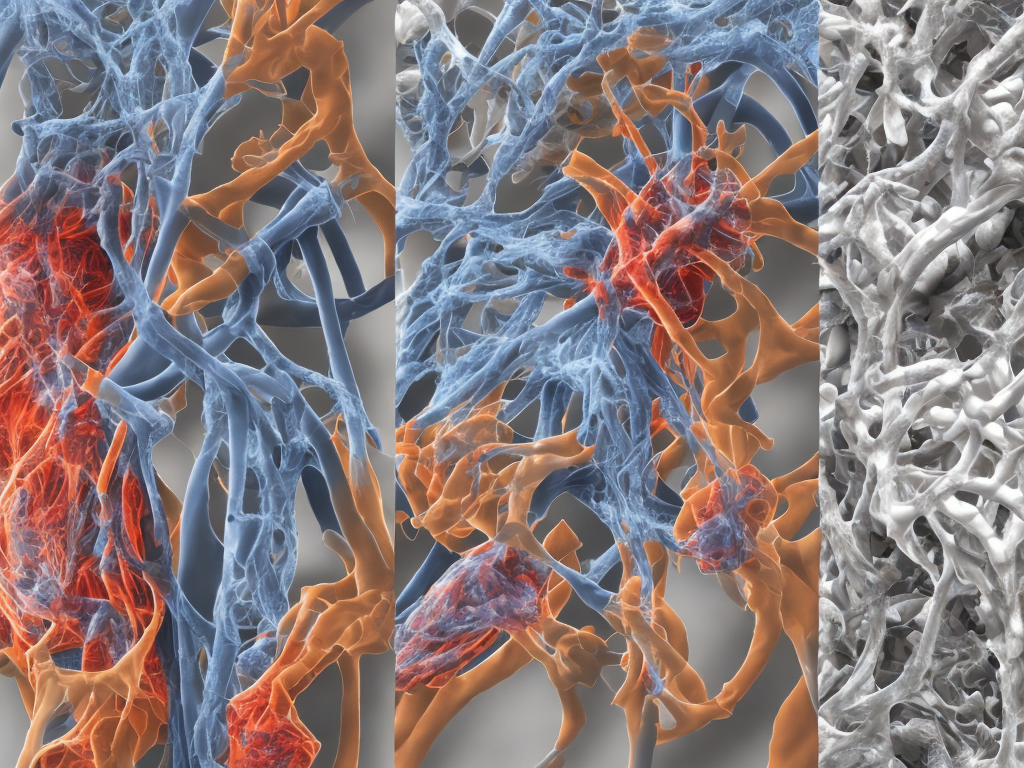
Arthritis is a painful condition affecting the joints of an individual. There are numerous kinds of arthritis, and the most common ones are Rheumatoid Arthritis (RA) and Osteoarthritis (OA). While both these diseases may have similar symptoms, they differ in their causes, symptoms, progression, and treatment. It is essential to understand the differences between these two types of arthritis to identify and treat the condition effectively.
Causes:
Osteoarthritis develops because of wear and tear on the joints as a result of age, injury, or repetitive use. It primarily affects the weight-bearing joints like the knees and hips, and the joints of the hands, spine, and neck.
Rheumatoid Arthritis, on the other hand, is an autoimmune disease in which the immune system attacks the synovium, the lining of the joints. It primarily afflicts the small joints of the hands and feet, although it may develop in other organs and tissues of the body.
Symptoms:
The symptoms of Osteoarthritis develop slowly over time, usually after the age of 50. Patients experience pain in the affected joint on movement, stiffness, swelling, and a crunching sound as they move the joint. The pain tends to worsen at night or after a period of inactivity.
In contrast, Rheumatoid Arthritis symptoms develop suddenly, and the pain is at its worst early in the day. The patient may experience fatigue, low-grade fever, and loss of appetite along with the joint pain and stiffness. It affects both sides of the body, though one side is usually more severe than the other. The symptoms of RA are often accompanied by flu-like symptoms, which are absent in OA.
Progression:
Osteoarthritis usually affects only the joint it originates from, with pain and inflammation not spreading to other parts of the body. It is a degenerative condition, and while it may lead to permanent damage to the joints, it does not cause any significant impairments to the internal organs.
Rheumatoid Arthritis, on the other hand, affects the whole body and not only the joints. It is a systemic disease that can lead to a variety of symptoms like inflammation of the lung tissue or heart tissue, anemia, and even affect the eyes and skin. RA can lead to permanent damage to the joints, leading to disability and mobility impairment. It is an unpredictable disease that may progress rapidly or remain dormant for long periods.
Treatment:
The treatment for RA and OA differ based on the diagnosis. For Osteoarthritis, treating the symptoms carries utmost importance with a focus on pain management along with modifications in lifestyle habits. Maintaining a healthy weight, engaging in low-impact exercises like walking, and avoiding repetitive joint work can help manage the pain. Depending on the severity of the pain, topical pain-relief creams, painkillers, anti-inflammatory drugs, and physical therapy can be prescribed to alleviate the symptoms.
For Rheumatoid Arthritis, the medical goal is to suppress the immune system and reduce the inflammation in the body. Unlike Osteoarthritis, Rheumatoid Arthritis cannot be cured. However, the symptoms can be managed. Specialized medications are available to help control the disease’s progression, like Disease-modifying antirheumatic drugs (DMARDs), biological response modifiers, and steroids. Patients are also advised to practice active exercises as it helps preserve joint flexibility while improving overall mental and physical health.
Conclusion:
In conclusion, while both Osteoarthritis and Rheumatoid Arthritis are types of arthritis and share similar symptoms like pain and inflammation, they are distinct conditions that require a different approach to diagnosis and treatment. Identifying the specific kind of arthritis can offer relief to the patient through specialized treatment and improve quality of life. It is recommended that individuals consult a doctor immediately if they experience persistent joint pain or difficulty in movement, to determine if it is arthritis and what type they may be suffering from.
 Self-Instruct
Self-Instruct